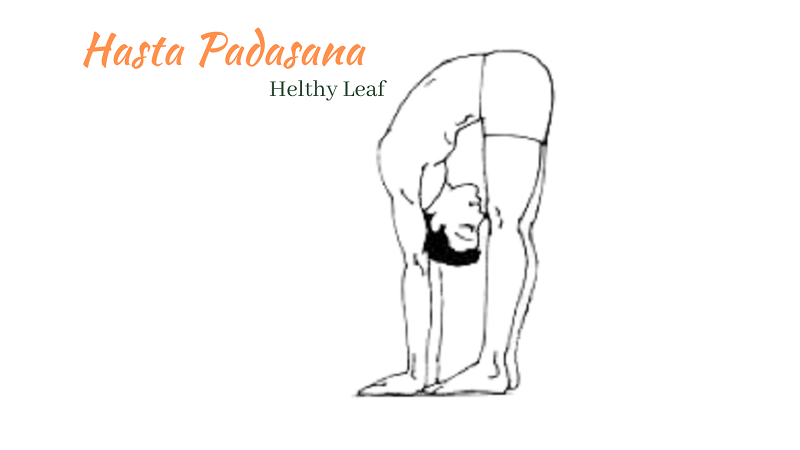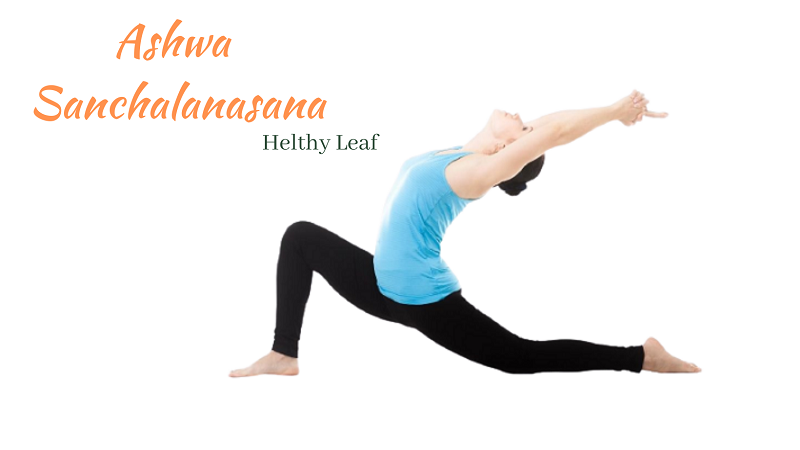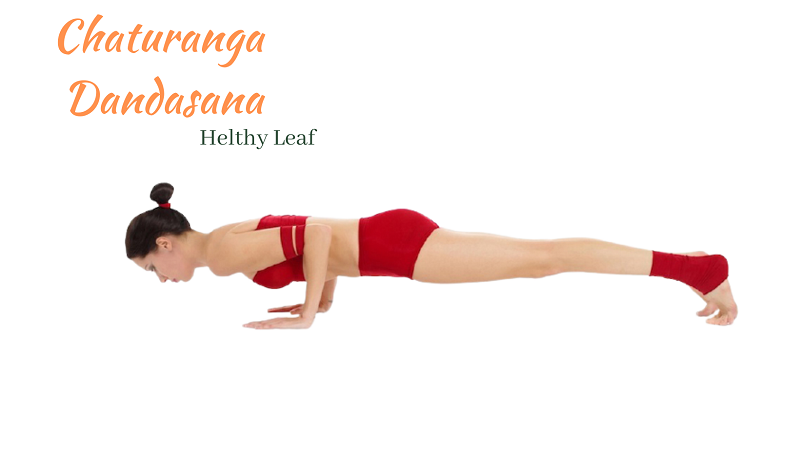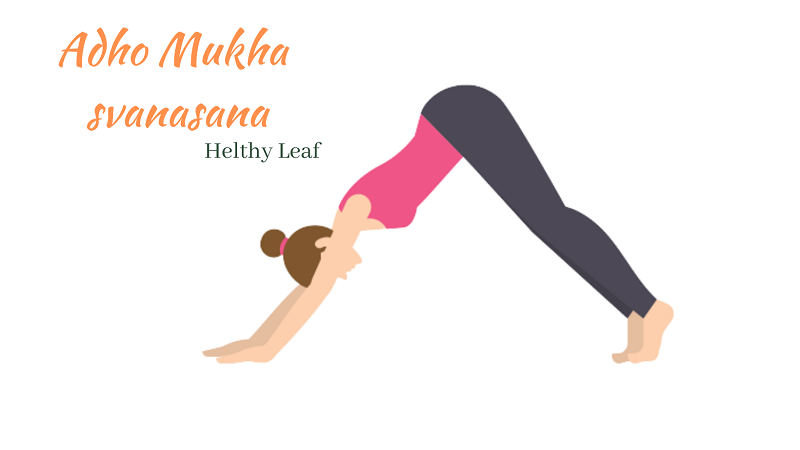Surya Namaskar/Sun Salutations – 8 Benefits and Precautions in the Human Body
Introduction
Yoga has been considered very important in Indian society and culture since the time of Saints and Ayurveda. Yoga has been recognized as an excellent means of calming the mind and improving the quality of health. This knowledge of ancient Indian and Vedic age exercises has now been able to gain respect all over the world. Surya Namaskara is one such practice of yoga and exercise.
Twelve asanas (Positions) are included in Surya Namaskar from which 4 asanas are repeated to bring the body back to its previous position. Surya Namaskar is a line of 12 asanas performed together.
Origin of Surya Namaskar
According to the mythical sages and wise men of ancient times, each part of our body is influenced by some or the other divine power or sacred principle. The center of the body is the ‘solar web’ (probably the bile was called the solar web) located parallel to the inside of our navel. It was even referred to as the second brain of the body and was believed to be related to the sun. Therefore, it was believed that doing Surya Namaskar / Sun Salutations as a daily practice can show physical and mental benefits by increasing the functioning of the body and mind.
Each asana included in Surya Namaskar/Sun Salutations has its own benefits for physical function and health. According to the rules, from the spiritual point of view, there is a mantra associated with each posture of Surya Namaskara. From the beginning to the end, before each asana, these mantras are sung in unison to the Sun God.
These mantras are mentioned below-
- Om Mitraya Namah
- Om Ravaye Namah
- Om Suryaya Namah
- Om Bhanave Namah
- Om Khagaya Namah
- Om Pushne Namah
- Om Hiranya Garbhaya Namah
- Om Marichaye Namah
- Om Adityaya Namah
- Om Savitre Namah
- Om Arkaya Namah
- Om Bhaskaraya Namah
- Shri Savitre Suryanarayanaya Namah
Read Also: Importance of Water – How Much Water Should I Drink a Day?
Sun Salutations/Surya Namaskar Asanas and their health benefits
Below we will discuss the rules of each asana of Surya Namaskar, its benefits and side effects.
1) Pranam Ashan
This asana is the first and the last position of the Surya Namaskar. The palms of the hands should be joined touching and pressing towards each other keeping the portion of wrist to elbow at 180 degrees and parallel to the chest. In addition, the neck and hips should be straightened and looked forward. Place your feet close to each other and keep them straight. After a while, you can move on to the second option.

Benefits: –
- This asana is called pranam asana or pranayama asana for keeping the hands in a state of salutation. Creating a circular shape with the palms joining and pressing towards each other and keeping the hands parallel to the chest completes a cycle of energy, the positive effects of which reaches our brain to calm the mind and prepare the body for the next complex asanas.
- This asana calms the nervous system, maintains the balance of the body as well as relieves anxiety and stress.
Precautions: –
- Avoid doing this asana if you are pregnant and facing problems while performing the asana.
- Do not eat anything before doing this asana.
- Close your eyes and do it in the morning for gaining its best effects.
2) Hasta Uttanasana
From the first asana, extend the hands to backward keeping them in the position of Namaskar and stretch the body on the back of the head leaning backwards. While doing so, the head should be between the arms and the palms of the hands should be looked at.

Benefits: –
- Doing this asana stretches the muscles of the abdomen and chest which improves the health of the bile and phlegm and keeps away the physical problems and diseases associated with it. This asana can be beneficial for the people suffering from asthma, lower back pain and overweight people.
- Helps in weight loss.
- Improves blood circulation.
- Increases digestive power and memory power.
- Relieves stress.
Precautions: –
- Should be done on an empty stomach.
- People having back pain should avoid doing this asana.
- In case of lower abdominal hernia, sciatica, back bone pain, this asana should be avoided.
- This asana should not be done with too much force, otherwise adverse conditions may arise.
3) Hasta Padasana
Take a deep breath and try to lean forward placing your palms on the sides of your feet keeping hands and legs straight. In doing so, make sure you do not bend your knees. Lean as much as you can, do not apply excessive force on your back bone. neck and shoulders should not be stressed. Breathe gently and come back to the previous position leaving the body loose.

Benefits: –
- This position tends to stretch the muscles of the whole body, especially the back of the knee, which makes these muscles flexible and strong; this can solve your sleep problems, osteoporosis, headaches, stress and anxiety.
- This asana makes the bones and spine flexible and more efficient so that the liver functions run smoothly.
Precautions: –
- People with spinal ache issues, high blood pressure, heart problems, knee problems, sciatica and lower abdominal hernias should not do this asana.
- Too much pressure can cause pain in the muscles of the knees, thighs, etc.
4) Ashwa Sanchalanasana
Moving from the Hasta Padasana, lean forward bending from the knee to the ankle, with one foot at the back and the other at the front, at the level of the chest and with the palms of the hands touch the ground. In this position the hands should be in the same line with the feet. Look forward to keeping the spine straight. Try to keep the body in balance in this position for some time.

Benefits: –
- This asana strengthens the bones and heart, relieves indigestion and constipation.
- Increases muscle, bone and neck muscle function.
- Beneficial in case of sciatica.
- Beneficial for the liver.
- Strengthens all joints of the body.
Precautions: –
- Do not do this asana if you are suffering from neck, knee or any joint pain.
- Do it on an empty stomach.
- If you are frequently experiencing neck pain or any other such problem, look forward instead of looking upwards while doing this asana.
Read Also: 12+ Tips to Improve Your Attention/Focus
5) Chaturanga Dandasana
Moving from the Ashwa Sanchalanasana, push the front leg backward to match the other leg. Keep both legs close and the whole body from toe to head should be in a straight line. Pull the arm to the ground parallel to the chest without bending the elbow. In this way, lift the whole body with the help of arms and maintain the balance.

Benefits–
- Strengthens the muscles of the arms and chest, hips and shoulders.
- Improves body posture and structure.
Precautions: –
- Do not practice this asana if you have carpal tunnel syndrome, pain in the wrists or shoulders.
- This asana should not be done during pregnancy.
- This asana should not be done if you are suffering from back pain or other similar problems.
- If you face any physical problem while doing this asana, it should be stopped immediately.
6) Ashtanga Namaskarasana
This asana is performed using the eight limbs (‘Anga’ in Sanskrit) of the body, hence it is called Ashtanga Namaskarasana. While doing this asana, knees, chest, forehead, palms of both hands (should be parallel to the chest) and fingers should touch the ground. Except for the mentioned limbs, the rest of the body should be raised upward.

Benefits: –
- Strengthens the bones and spine and enhances its function.
- Strengthens muscles and relieves stress.
Precautions: –
- Do not practice this asana if you have carpal tunnel syndrome, pain in the wrists or shoulders.
- Do not practice this asana if you have currently undergone of Surgery.
- Do not do this if you have high blood pressure and migraine problems.
7) Bhujangasana
Take the position like sleeping upside down and lift the upper half of the body from the waist , stretching it upward and looking backward. The bottom half of the body should touch the ground. The position should resemble a cobra with a raised hood.

Benefits: –
- Increases flexibility of hips, back, shoulders and chest.
- Strengthens muscles.
Precautions: –
- If you have problems like hernia, peptic ulcer, hyperthyroidism or intestinal tuberculosis, you should consult a doctor before practicing this asanas.
- Avoid doing this asana during pregnancy.
- This asana should not be done with too much force.
8) Adho Mukha svanasana
In this position, the body is bent forward from the waist and the palms of the hands should touch the ground. While doing so, keep in mind that the head should be between the arms and the body should be straight from the waist to the hands. Similarly, the lower part of the body should be kept straight. The body should appear in a triangular shape. And the chin should touch the chest.

Benefits: –
- This asana calms the nervous system and increases blood circulation.
- Gives relief from stress.
- Strengthens the arms and legs.
- Reduces the symptoms of menopause.
- Helps in carpal tunnel syndrome.
- Increases concentration.
- Delivers oxygen to the brain and enhances memory.
Precautions: –
- This asana can be done at least 3-4 hours after having meal.
- Do not do this asana if you have joint pain.
- Do not do this asana if you are suffering from heart or stomach problems.
Ashwa Sanchalanasana, Hasta Padasana and Hasta Uttanasana are the steps which are taken in reverse to return to the pranamasana after the Adho Mukha svanasana. At the very end, the process of Surya Namaskar is ended by salutation. This means, the mentioned four asanas are repeated making Surya Namaskara a circle of twelve asanas.
These twelve asanas of Surya Namaskar have significant benefits for the human body if performed wisely and regularly.
Conclusion
This article discusses the various asanas of Surya Namaskar and its benefits on the human body along with the precautions. We hope you find the information in this article useful. Thank You!
